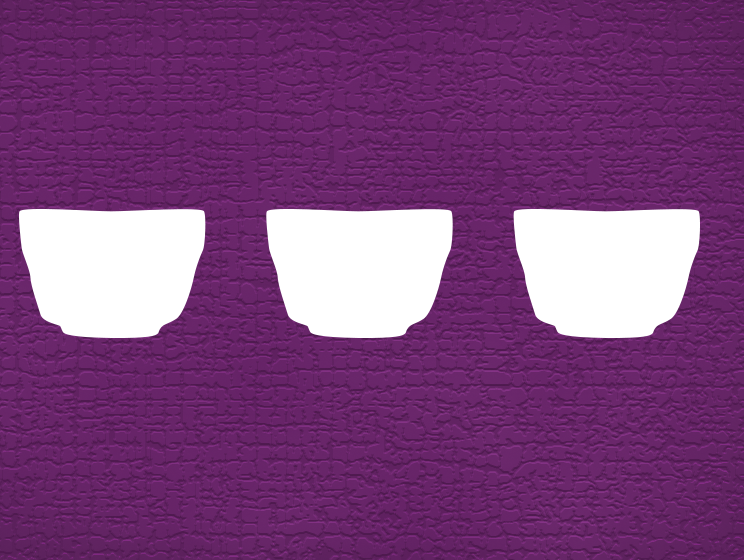[W]hether it’s your first time cupping coffee or you have been at it for years, these are helpful guidelines to remember when approaching the table and inviting others to join you.
Start by remembering why you’re at the cupping table. The purpose of cupping is to let the coffee speak for itself. Anything that distracts from that endeavor—perfume, cigarette smoke, or talking about impressions before others have had the chance to smell and taste—is frowned upon. Even if it isn’t a super-serious tasting,
I always think of it as showing respect to the producer and your fellow cuppers.
Additionally, we encourage some common housekeeping rules to make it easier for cuppers to focus on the coffee instead of bumping into one another: (1) everyone moves from left to right (i.e. counterclockwise), (2) cupping bowls are left on the table, not picked up, and (3) at least two samples of each coffee are available for everyone to taste.
The standards for cupping are designed to create a consistent and controlled environment in which we can accurately assess coffees, regardless of where we are in the world. The SCA website is an excellent resource for detailed standards and best practices. Generally, I find it helpful to think about the cupping process as consisting of six major steps. Cuppers will go around the table (from left to right) and evaluate at each step.
Fragrance. Cuppers smell the dry grounds. Many defects can be detected here first.
Aroma. Once water is added to the dry grounds, cuppers evaluate smell again. When coffee starts brewing, it gives off a totally different set of aromatic compounds than its fragrance.
Break. Cuppers break the crust—which forms naturally and traps a burst of very volatile and delicate aromatics—and immerse their noses in the resulting cloud of aromas. This moment gives cuppers a deep, albeit fleeting, glance at what the coffee has to offer.
Skim. The foam that is created from cupping is part of the brew, but doesn’t tell us very much about the coffee (nor does it taste very good)—the foam actually masks the flavor of the coffee below. Cuppers skim it off to get to the coffee underneath.
Slurp. Forget your manners, we’re here to slurp. When we taste coffee, we use a spoon and try to “vacuum” the coffee off the spoon as loudly as possible. Slurping does a few things:
- Sprays the coffee across all nerve endings, not just our taste buds.
- Vaporizes the coffee so we not only taste, but we smell it, which leads to . . .
- Retronasal olfaction: Besides being fun to say, slurping a coffee engages our sense of smell (olfaction) backwards, as aromas pass through the nose on their way out, hence the name “retronasal.” This type of smelling better accesses long term memory and allows the flavor to stick with us longer.
Slurp Again. Tasting coffee at different temperatures is key. As the coffee gets closer to the temperature of your mouth, sensitivity will increase and different flavors will present themselves.* It’s why cheap beer tastes great when it’s ice cold and crappy coffee tastes better piping hot—our palate can’t tell the difference. A great coffee should taste better and better as it cools.
Cupping is one of the most unique things we, as coffee professionals, get to do. It can be lighthearted or extremely serious. As long as we’re intent on honoring the hands that prepared it, we’re on the right track.
—Michael Ryan is the director of coffee at Dapper & Wise Roasters in Portland, Oregon.









